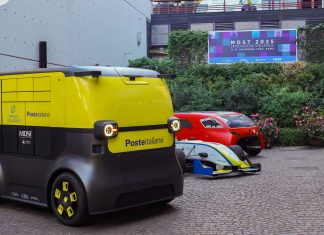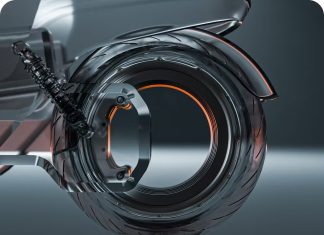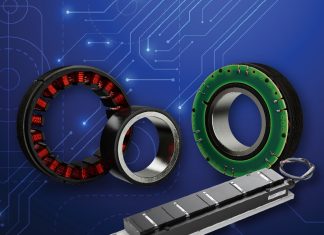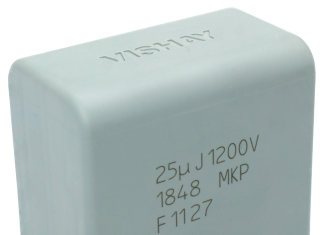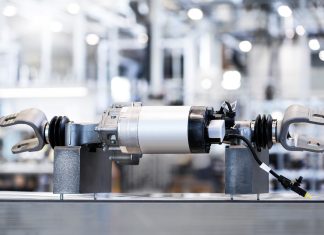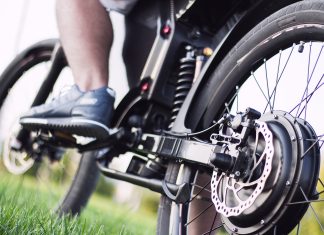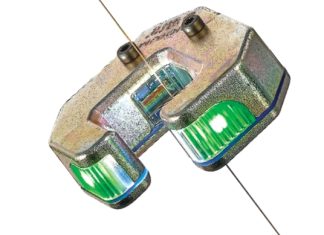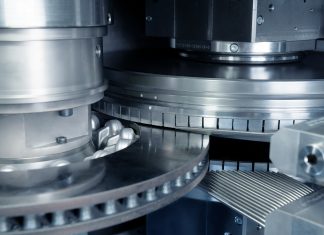Spoke 6 MOST: improvements in electric connected and autonomous mobility
Spoke 6, the Connected and Autonomous Vehicles (CAV) section of the National Centre for Sustainable Mobility (MOST), is establishing itself as a leading hub in the development of advanced electric mobility technologies....
“Donut” motor aims to revolutionizing electric two-wheelers
Verge Next is a newly launched B2B technology platform by Finnish-Estonian company Verge Motorcycles, aimed at transforming electric two-wheeler development for manufacturers worldwide. The system centers around Verge’s patented “donut” motor, which...
Frameless motors: less is more
Frameless direct-drive servo motors are often the best choice in applications that require absolute precision and design flexibility.
Frameless motors: less is more
Compact, high-end...
High-performance DC-link film capacitors for EV applications
TTI Europe stocking high-performance DC-link film capacitors for automotive and industrial applications. Stable capacitance with low ESR and high ripple current addresses the transition towards electrification and green energy.
APPLITECH | Bologna Exhibition Centre, 5-7 November 2025
Discover APPLITECH 2025 and join the international trade show for appliances and consumer electronics manufacturing!
APPLITECH 2025, the first and only European trade show exclusively dedicated to the supply chain of appliances and consumer electronics, will take place at the prestigious
Elemaster Group signs a strategic joint venture with Syrma SGS
The Elemaster Group announces a strategic joint venture with Syrma SGS to strengthen the production of high-tech electronic boards and equipment in India
Elemaster S.p.A. Tecnologie Elettroniche, among the...
Rear-wheel steering: a strong solution to meet the mobility requirements of the future
Another successful production launch for Schaeffler’s rear-wheel steering: Since the first quarter of 2025, the Schaeffler plant in Kysuce, Slovakia has been producing the mechatronic steering system for an international automaker from...
Sealing solutions designed for micromobility
Defined as the segment of small electric vehicles for personal transport and recreation, micromobility, also referred to as electric light mobility, is rapidly transforming the way we move around urban areas. From...
New standards for wire defect control
With over 500 international patents and an investment in research and development equal to 7-10% of annual turnover, the Italian company BTSR International continues to innovate to bring value to the winding...
Grinding technology for low emission e-mobility
Grinding is a key technology for the resource-saving and low-emission mobility of the future. Examples of this include electric drives, which place the highest demands on the precision and surface properties of...

